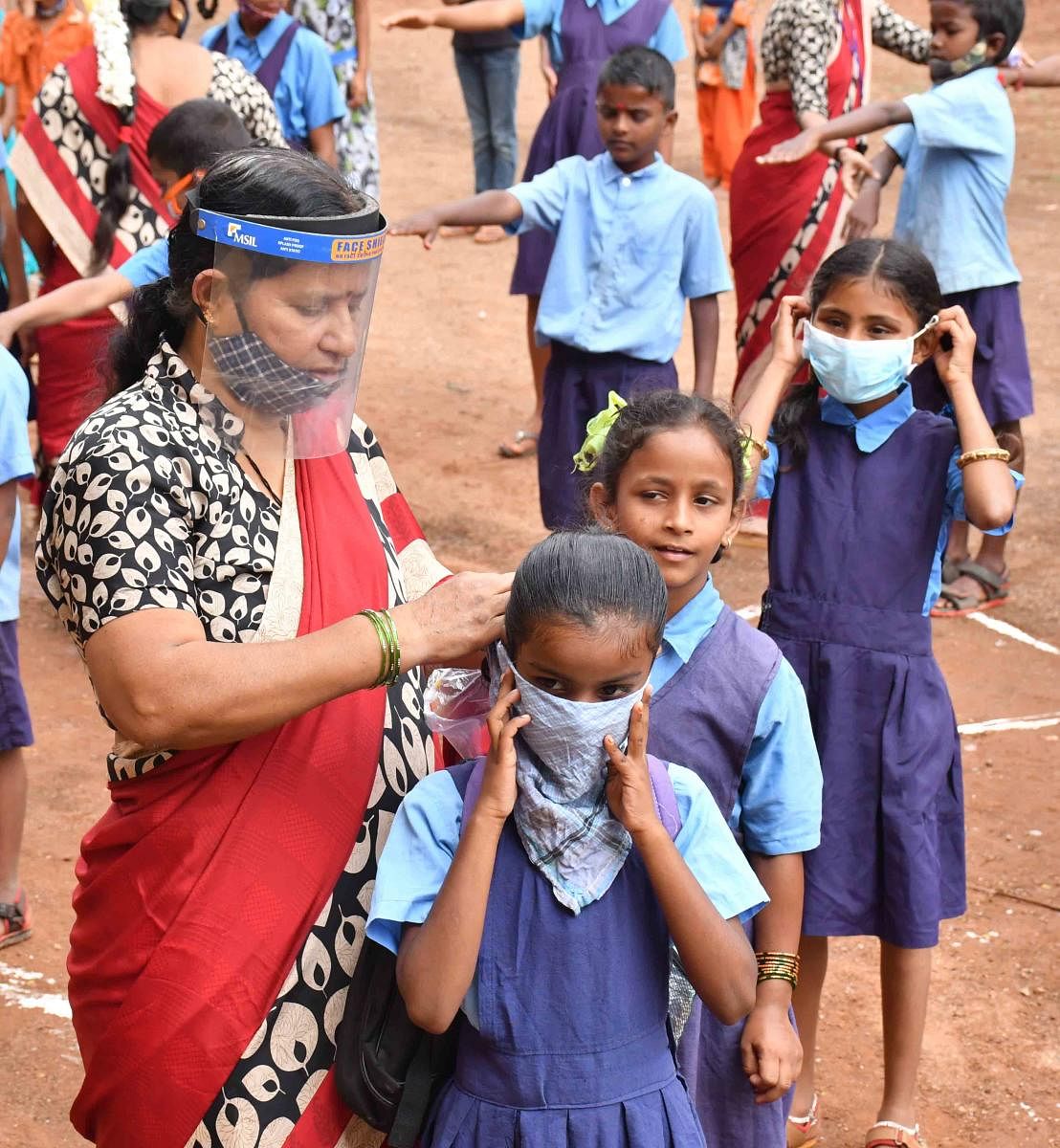It all started with a survey that came into my inbox asking for two things that teachers must have an endless supply of. My first response was as unequivocal as it was spontaneous — teachers must have an endless supply of empathy.
The goal of education, we are told, is to prepare students to live in harmony with themselves, with each other, and with the world around them. But there is a small problem. Unless teaching methods are personalised, these words remain only words.
Children are always learning; they learn from playing, seeing, hearing, touching, doing and speaking. If this is somewhat like stating the obvious, it is so perhaps because we seem to have ignored it. The cacophonous conversations that surround us now — learning loss, technology for learning, helping the children catch up, personalised learning and so on — ignore the child and exalt some content to learn. The child has become incidental and teacher, perhaps, even more so, the practice of teaching has become commodified.
Learning appears to have become synonymous with bridging deficits in children and we seldom ask what the children know —much less understand how they live and why they do what they do. It should not be too difficult to imagine the dissonance this will create in young minds when we so separate learning from the living.
Inclusive education
For us to be effective as teachers, we need to pause and look at what we mean by learning and what about our roles. We must look at our own beliefs and practices about teaching, learning and children. Education in its truest sense is one that is inclusive, with spaces and opportunities for all children to thrive and grow. Inclusive education is one where all children can and should learn.
It is about affirming the lived experiences of the children. It is about building aspirations, enabling the realisation of those aspirations, restoring rights, affirming identities even while enabling the formation of new ones.
It is about creating a gender-equal world. Understanding inclusion may mean deconstructing the “abilities” that many of us have — and seeing it in the light of differential opportunities that society has provided us.
This need has never been more urgent than now, with the huge socio-economic, cultural and educational crises brought upon by the pandemic. There is much talk of the 'new normal' — in education, health and in our very ways of living.
The shift to online education and the consequential exclusion of millions of children from learning is a stark reminder of how inequities had become normalised in our educational processes. If we do not recognise that the pandemic made worse an already unjust normal, what will be new about the normal we seek to create? This pause in our lives has created an opportunity for creating a new way of working, and living — it has allowed us to look at the ways we have organised our society. These are questions for all of us but most importantly for the teacher.
A transformation
What this reflection would allow is a transformation of the relationship between the teacher and the child. This is more critical than ever, as children return to schools after a long gap — many after experiences of physical deprivation and emotional trauma, many displaced. Understanding the lives of the children, their contexts, the basis of their value systems, and knowledge of their communities are essential for this transformation. Such an engagement may allow us to suspend the certainties of our beliefs, explore our biases, and acknowledge the hegemonic positions we did not know we held.
This journey may be as uncomfortable as it could be life-altering for the teacher. However, the self-understanding that emerges from here could become the basis of a new relationship with children. Indeed, this could be a starting point for re-imagining education.
In short, education is the making of society, a just and humane society. The teacher needs the time and space for this and empathy. Towards the child, towards the communities she works with and towards herself. And a good sense of humour; to remind oneself to enjoy the journey. That was my second answer.
(The author is an educationist)
